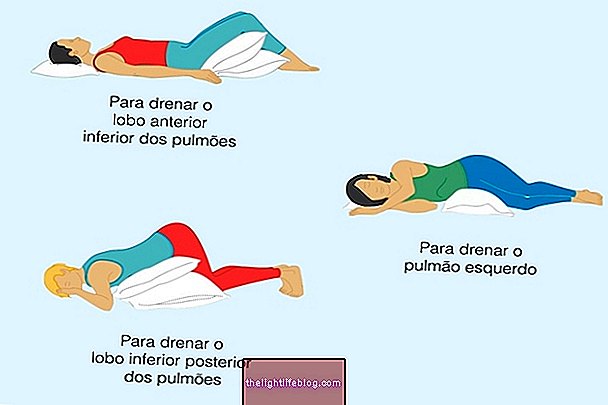The benefits of running on the beach include improved breathing capacity and cardiac fitness. Other benefits include:
- To lose weight because every hour is lost about 500 calories;
- Thicken your legs, especially when running on soft sand;
- Fight cellulite of the thighs and buttocks because it requires a lot of this musculature;
- Improve the balance and the perception of the body, with less overload in the joints;
- Strengthen the immune system, leaving the body strong against micro-organisms;
- Improve mood because it releases endorphins into the bloodstream and contact with nature lowers stress.
Running on the soft sand requires more effort to take the foot off the sand and to keep up the pace, so this is a modality that is not indicated for sedentary and requires certain care. Some situations that may happen is twisting the foot or feeling a sharp pain in the side of the abdomen, popularly known as "donkey pain".

Care while running on the beach
Some important care you must have to run in the sand of the beach are:
- Running in the early morning or late afternoon, when the temperature is milder;
- Wear good running shoes that absorb the impact and are malleable (when running on hard sand);
- Take a bottle of water or an isotonic drink to replenish the liquids and minerals lost in sweat;
- Spray sunscreen on all areas exposed to the sun to prevent skin damage;
- Wear a hat or cap and sunglasses to protect your face and eyes.
Another care that can not be left aside is always to use a frequency meter to observe the behavior of the heart, creating physical conditioning and also to get slim.
Here's how to calculate your heart rate for weight loss.
Quit from being sedentary
Those who wish to leave their sedentary lifestyle should start slowly. The ideal is to start with walking on the asphalt and go squeezing step by step. After a few weeks, you can start running, but slowly, and as the race becomes easier and easier, you can get off the asphalt to the beach.
How to start running on the beach
To start running on the beach it is more advisable, in the first few weeks, to run closer to the water, where the sand is harder but paying attention to the slope of the terrain. The flatter the better. Following the exercise, one can run on the soft sand, but this requires caution. It is important to focus attention on running because as the soft sand is more uneven, the risk of twisting the foot and causing injuries to the hip and lumbar spine is greater.
The time of the race depends on the goal and the availability of time of the individual. When the goal is to lose weight because it is overweight, the race should take at least 20 minutes, with the first 5 minutes of warm-up and the last 5 minutes of cool-down. In addition, it is important to do stretches before and after the race. Read more in: 7 tips to run when you are overweight.
If you are excited to run on the beach, do not forget that you need to moisturize well, so here is a recipe for a natural isotonic prepared by nutritionist Tatiana Zanin:

Here are some stretches that can be done:
- Stretching exercises for legs
- Stretching exercises for walking























